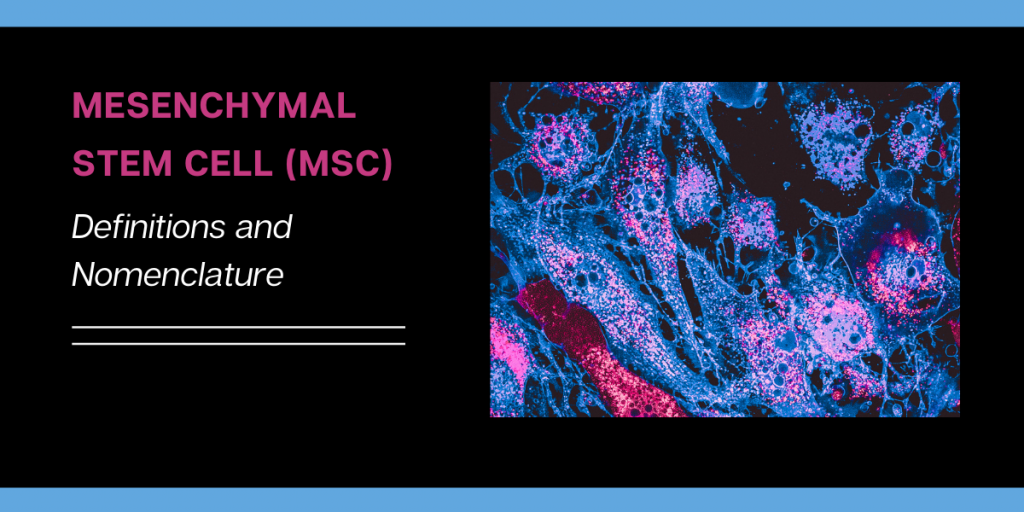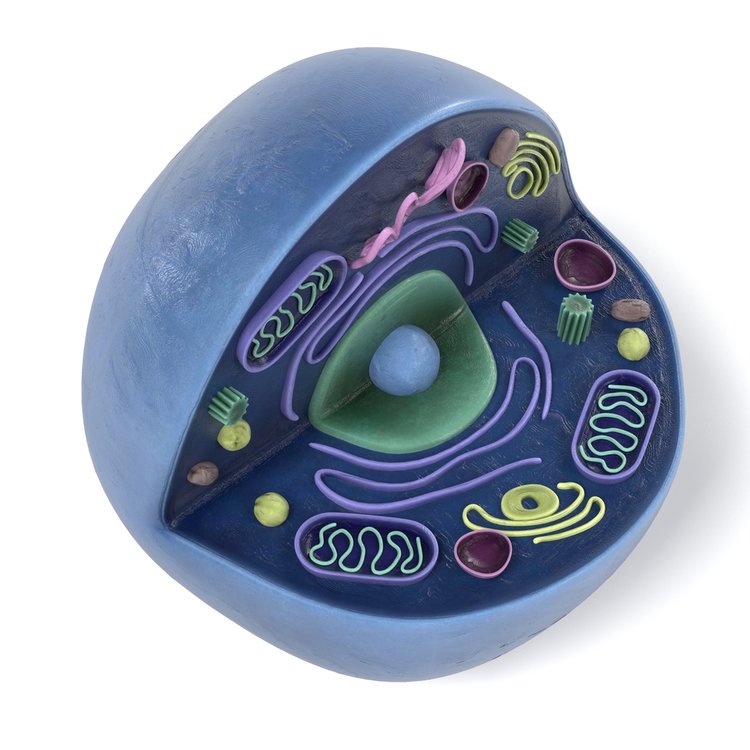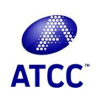Since the first stem cell transplant occurred more than 65 years ago (1957), there has been a nearly exponential increase in stem cell transplants, and in late 2012, the millionth stem cell transplant occurred, a landmark event in stem cell medicine. It is clear that the stem cells contained within cord blood banking now have the potential to improve and save lives. Since the first cord blood transplant was performed in 1988, stem cells derived from umbilical blood have been used in more than 40,000 transplants worldwide. [Read more…]
Mesenchymal Stem Cell (MSC): Definitions and Nomenclature
To analyze the emerging global market for mesenchymal stem cells (MSCs), it is important to define the cell type. Broadly defined, mesenchymal stem cells are multi-potent stem cells that can differentiate into a diverse range of cell types. More specifically, mesenchymal stem cells are non-hematopoietic stromal cells that are capable of differentiating into, and assisting in the repair of, tissues of both intra-mesenchymal and extra-mesenchymal lineages.
The Exosome Revolution is Here
Exosomes have recently exploded in popularity, with companies developing exosome-based diagnostics, therapeutics, and cosmeceuticals. Although they were discovered more than 30 years ago, it was not until recently that the scientific community began to give credit to exosomes for a range of promising traits.
Exosomes are small vesicles ranging from 30-100nm in size that are found in nearly all eukaryotic fluids and facilitate a range of important cellular functions. Specifically, they transfer DNA, RNA, and proteins to other cells, thereby altering the function of the targeted cells.
Exosome History: A Recent Explosion of Interest
Ten years ago in 2006, there were only 76 articles published about exosomes (PubMed.gov: Date Range: Jan 1, 2006 to Dec 31, 2006). Five years ago in 2011, there were 271 articles published about exosomes (PubMed.gov: Date Range: Jan 1, 2011 to Dec 31, 2011).
Today, there are more than 4,400 articles published about exosomes. Importantly, 1,088 of the articles (~25%) were released in the 2016 calendar year. [Read more…]



















